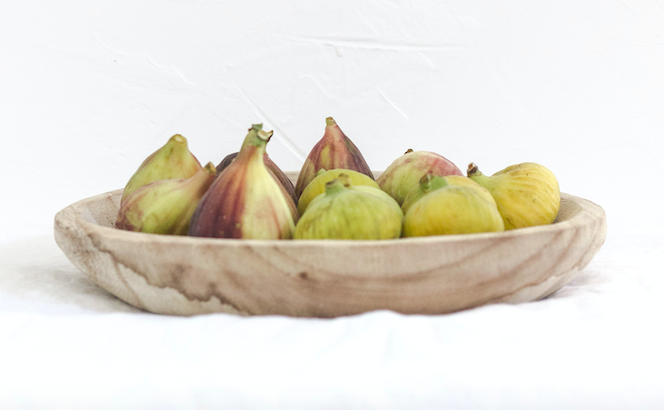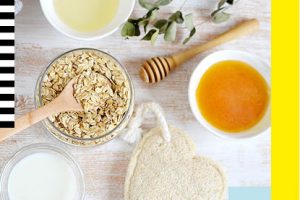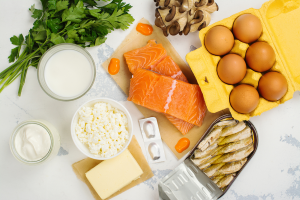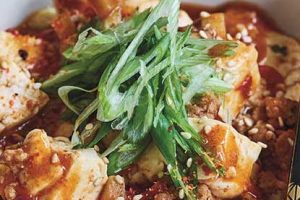8 foods that are surprisingly (and kind of grossly) non-vegan

With the range of animal-free alternatives ever expanding and the number of plant-based brethrens on the rise, the life of a vegan is getting simpler.
Instagram aside, mocking someone for their dietary choices seems a little passe, now words like ‘flexitarian’ (meaning: people who eat a normal, varied diet of meat, carbs and vegetables) have been accepted into everyday vocab.
Still, some sneaky and surprising foods can make for a minefield when it comes to avoiding animal products entirely — so we’ve done the research and come up with a list of what to watch out for:
Is honey vegan?
In short, no. Honey is made by bees and, though harvesting it doesn’t directly harm them, it’s created for their own usage so it’s seen by The Vegan Society as exploitation.
Is wine vegan?
Et tu, vino? Sadly no. Instead of risking a Barolo feat. fish bladder protein, deeming it more appealing than poring over ingredients labels in the supermarket aisle, check out Barnivore, a directory of vegan drinks.
Is sugar vegan?
Not always. As well as being bleached in the refining process, it is sometimes filtered through animal bone charcoal so look out for it being specifically labelled as vegan.
Jelly, jam, sweets, marshmallows — vegan?
Unlikely unless specified. The mass inclusion of gelatin (a protein made by boiling parts of usually pigs or cows with water) is more widely-known nowadays and there are more vegan alternatives, but it’s still worth a label check.
Is Worcestershire Sauce vegan?
Bad news for Bloody Mary-ers. Traditional recipes usually contain anchovies.
Is Caesar Salad dressing vegan?
As above, unfortunately. Anchovies again.
Is guacamole vegan?
We all know guac is predominantly avo-based, but shop-bought recipes often include cream. You can usually tell as it’s that slightly odd pale green but, if in doubt, just make your own.
Are figs vegan?
It’s pretty f*cked up, but no. To pollinate a fig, a female wasp has to enter it to lay her eggs but once inside she’s unable to escape so the body remains in the fig and is broken down into protein by an enzyme called ficin.








